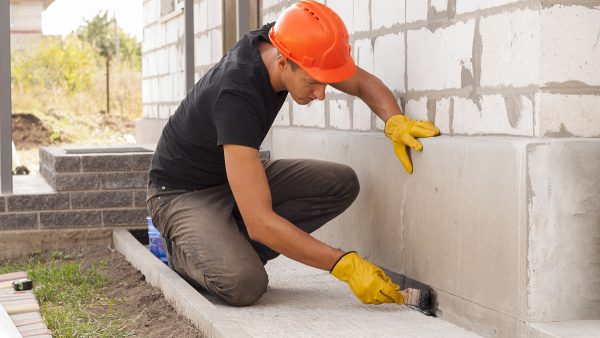Which waterproofing is best?

Waterproofing is an essential part of building protection. It acts as a raincoat for your property, preventing water from getting where it doesn’t belong. There are many types of waterproofing, and some techniques are more effective than others. Let’s compare waterproofing applications to determine the best fit for your building.
Types of waterproofing
Here are some common waterproofing techniques for commercial buildings:
- Above-grade waterproofing for the exposed parts of the building
- Below-grade waterproofing for the foundation and below-ground parts of the building
- Interior waterproofing to control and redirect water coming in
- Exterior waterproofing to prevent water penetration
- Joint sealing, caulking, and expansion grouts
- Leak detection to ensure proper waterproofing
Some of these options are best suited for new construction, but most can be adapted for buildings of all ages.
How to determine which waterproofing is best for your building
As a general rule, exterior waterproofing is more effective than interior waterproofing because it blocks water from ever entering the building. With that in mind, interior waterproofing techniques tend to last longer without reapplication because they are not exposed to the elements.
The most ideal waterproofing plan includes interior, exterior, above-grade, and below-grade waterproofing. This seals the building from all angles and redirects any water that may get in. JK Industries can create a comprehensive waterproofing plan that protects your building inside and out.
Waterproofing maintenance and repeat applications
Many waterproofing services require repeat applications because the sealants wear down with time. This is the same principle as re-waxing your vehicle or polishing wood furniture periodically.
The durations between applications vary by technique, but it is best to take a proactive approach. JK Industries can monitor your building and complete waterproofing maintenance as needed. We also offer infrared leak detection to pinpoint water leaks early on. Your building will be well protected, inside and out.
